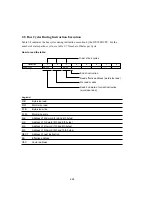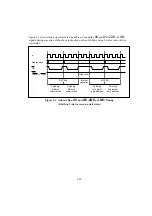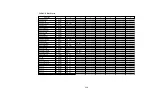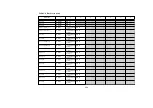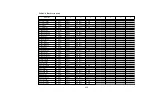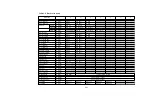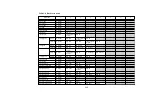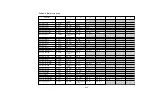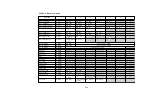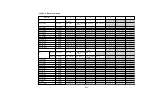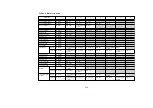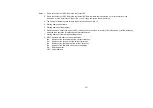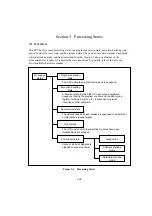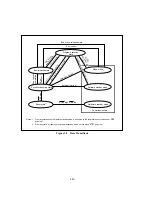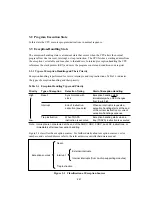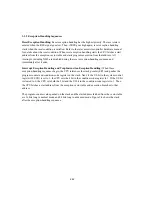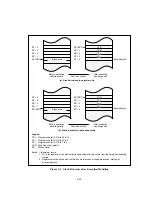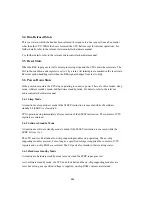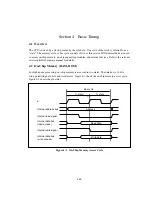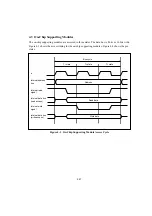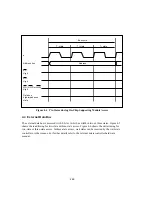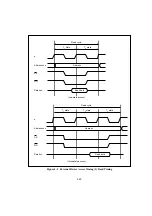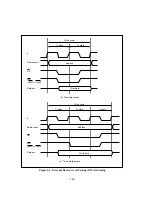
3.2 Program Execution State
In this state the CPU executes program instructions in normal sequence.
3.3 Exception-Handling State
The exception-handling state is a transient state that occurs when the CPU alters the normal
program flow due to a reset, interrupt, or trap instruction. The CPU fetches a starting address from
the exception vector table and branches to that address. In interrupt exception handling the CPU
references the stack pointer (ER7) and saves the program counter and condition-code register.
3.3.1 Types of Exception Handling and Their Priority
Exception handling is performed for resets, interrupts, and trap instructions. Table 3-1 indicates
the types of exception handling and their priority.
Table 3-1 Exception Handling Types and Priority
Priority
Type of Exception
Detection Timing
Start of Exception Handling
High
Reset
Synchronized with
Exception handling starts
clock
immediately when RES changes
from low to high
Interrupt
End of instruction
When an interrupt is requested,
execution (see note)
exception handling starts at the end
of the current instruction or current
exception-handling sequence
Trap instruction
When TRAPA
Exception handling starts when a
Low
instruction is executed
trap (TRAPA) instruction is executed
Note: Interrupts are not detected at the end of the ANDC, ORC, XORC, and LDC instructions, or
immediately after reset exception handling.
Figure 3-3 classifies the exception sources. For further details about exception sources, vector
numbers, and vector addresses refer to the relevant microcontroller hardware manual.
Figure 3-3 Classification of Exception Sources
Exception sources
Reset
Interrupt
Trap instruction
External interrupts
Internal interrupts (from on-chip supporting modules)
241

